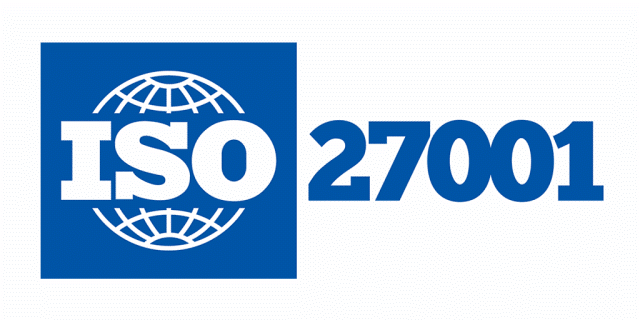Office 365 renamed as microsoft 365
Today, Microsoft announced the renaming of Office 365 to Microsoft 365
In a bold move, Microsoft has rebranded its well-known Office 365 subscription service to ‘Microsoft 365.’ This decision signals an important shift in Microsoft’s strategic trajectory. With a focus on holistic productivity solutions rather than a suite of individual office applications, Microsoft’s change reflects a deeper intent to harmonize and expand its product offering.
Office 365 renamed as Microsoft 365, a signal?
Understanding Microsoft 365
In 2020, Office 365 evolved into Microsoft 365, a subscription service that not only grants access to familiar Office applications (Word, Excel, PowerPoint), but also includes an array of additional tools and features. The adoption of Microsoft 365 shows Microsoft’s increasing commitment to cloud computing, integrating diverse services like Microsoft Teams for collaboration, OneDrive for cloud storage, and a robust set of security options. This renaming signifies Microsoft’s goal to offer a more holistic service to meet the growing demand for seamless remote work solutions.
Microsoft’s decision to shift from Office 365 to Microsoft 365 embodies a well-thought-out strategy to stay ahead in an ever-evolving technology landscape. The renaming was more than a superficial rebrand; it was a strategic move designed to reflect the company’s transition towards more integrated, cloud-based solutions, and away from individual software components.
Meeting Evolving Market Needs:
As the world becomes increasingly digitized, businesses and individuals require solutions that integrate various productivity and collaboration tools. By combining the traditional Office applications with cloud services, device management, and advanced security under Microsoft 365, Microsoft addresses this need effectively.
Positioning for Future Growth:
By adopting a name that is not linked to any specific suite of software, Microsoft has positioned itself for future growth and flexibility. The company can now add new features and services to Microsoft 365 without being constrained by the ‘Office’ brand, which is primarily associated with traditional productivity tools.
Boosting Competitive Edge:
The transformation to Microsoft 365 enables the tech giant to compete more effectively with other comprehensive productivity suites in the market, like Google Workspace. The expanded offering boosts Microsoft’s competitive positioning and allows it to cater to a wider audience.

Office 365 renamed as microsoft 365
Impact on enterprises like Cloudiway
For businesses such as Cloudiway, a leading player in the cloud migration sector, Microsoft’s strategic move impacts both their service offering and customer relationships.
- Enhanced Service Offering: The transition to Microsoft 365 presents companies like Cloudiway with an opportunity to enhance their services. With the expanded range of applications and features in Microsoft 365, Cloudiway can offer more comprehensive migration and integration solutions to its customers.
- Strengthening Customer Relationships: By staying updated with the latest developments, like Microsoft’s transition to Microsoft 365, Cloudiway can proactively address potential customer queries and concerns. This not only helps build customer trust but also positions Cloudiway as a thought leader in the cloud migration space.
Conclusion
Microsoft’s decision to rebrand Office 365 to Microsoft 365 underscores a strategic shift towards more integrated, cloud-centric productivity solutions. This move aligns Microsoft with market demands, positions it for future growth, and bolsters its competitive edge. For businesses like Cloudiway, this strategic decision presents opportunities for service enhancement and customer relationship building. As the digital landscape continues to evolve, embracing changes such as this becomes imperative for both technology providers and users.



